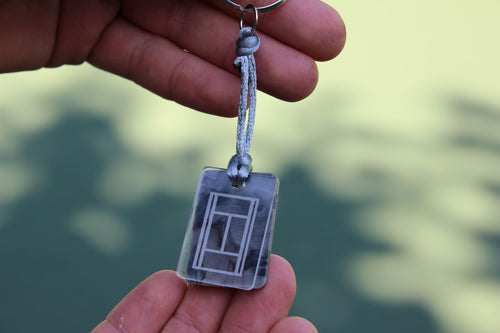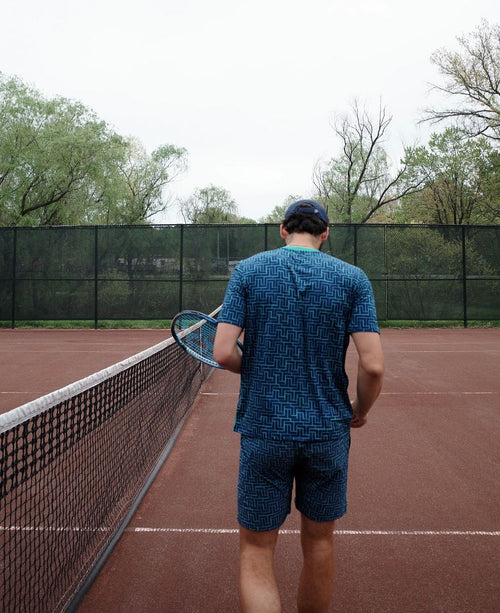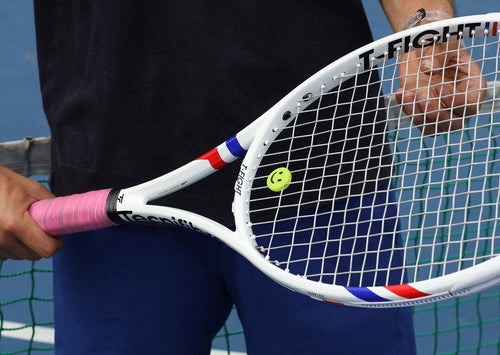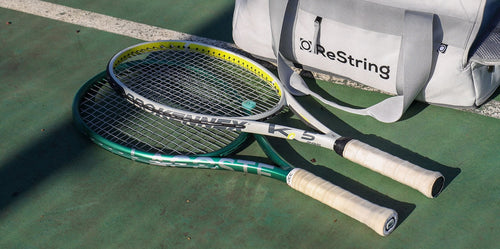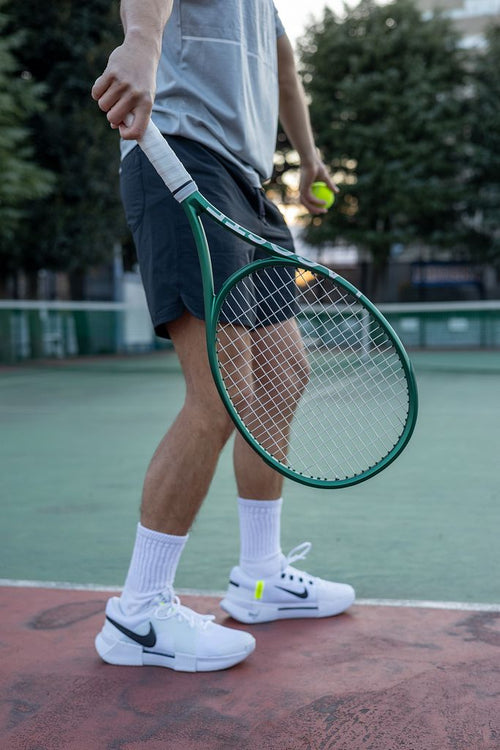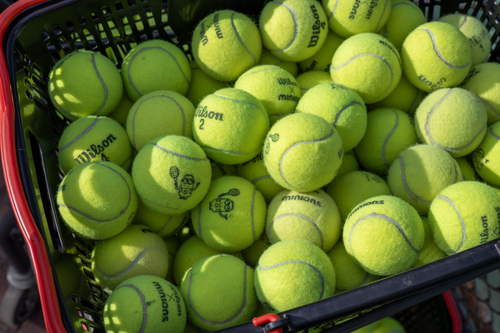The Historical Evolution of Tennis Strings
Juan
Strings are not just parts in your racket.
They shape how you swing, how long a rally lasts, and which tactics make sense. As materials changed, the sport changed with them.
This article is a clear tour through the major eras of natural gut, synthetic gut and polyesters, right up to the present day.
Pre 1950s: Natural Gut
Tennis began with natural gut. It was made from cow intestine and was prized for power, feel, and tension stability. Players felt a direct connection to the ball that helped with touch and control.
Because of its natural origin, natural gut is premium and it costs more to buy and to maintain.
Natural gut is still around today, but for most recreational players it is hard to justify it because of the price. However, many pro players still use natural gut in a hybrid setup with polyester strings because of its unmatched comfort and feel.
1950s-1990s: Nylon and Synthetic Gut
Tennis became more widely accessible during the late 1900s as the lower cost and more durable string of nylon arrived. Solid core nylon became known as synthetic gut.
Later in the century, manufacturers then pushed nylon further with multifilament designs. These use many tiny filaments that are bound together, instead of a single core, to create a soft and lively response that aimed to copy some of the comfort of gut.
This period also saw aramid and kevlar experiments for extreme durability, and a short lived spaghetti string setup that produced so much spin it was banned. Andre Agassi was well known for using a Kevlar based setup for a long stretch of his career.
Given the string materials on offer, the play during this era favored flatter ball flights and shorter points. Strings did not give the same spin potential you see today, so serve and volley patterns were more common.
1990s-2020s: First-Generation Polyester
Polyester monofilaments changed the sport. Compared with nylon, they gave players more control on big swings and a lower launch that encouraged topspin.
The result was heavier balls, longer rallies, and a baseline game that could be both safe and aggressive.
However, early polyester had drawbacks. Tension could drop quickly and feel could be harsh. That pushed makers to blend additives, tune stiffness, and shape the string profiles.
Despite this, by the 2000s and 2010s, polyester was the standard across the pro tour for heavy spin and precise targeting on faster swings.
Present Day: Next-Generation Polyester
Today you can find co-poly designs that aim for a high level of spin, better longevity, and a lighter footprint on the planet.
Specialized coatings reduce friction so mains move and snap back with less effort. That adds spin potential without demanding extra force from you.
Improved surface and material stability extends the playable window. That means you keep control for longer sessions before the string goes dead.
At the same time, recycled materials are being used to create strings and smarter packaging are helping tennis move toward more responsible products.
ReString has been at the forefront of these next-generation changes.
ReString Pushing Tennis String Innovation
ReString, founded in 2020, has been continuing the evolution of tennis strings. Our string range focuses on more performance, more longevity and more sustainable approaches to the sport.
Zero is a hexagonal co-poly with a super slick coating for fast snapback and strong spin. It suits players that take big and confident swings and want the ball to dip inside the lines.
Sync is a round co-poly that emphasizes control and pocketing with a connected feel. It fits players who like to pick precise targets on court.
Vivo is made from recycled polyester and aims for a balanced response. It blends control and spin with a simple setup and is the newest evolution in sustainable string technology.
Conclusion
Materials have always set the limits of what you can do with the ball.
Natural gut brought power and feel. Nylon and synthetic gut made tennis accessible. Polyester unlocked modern spin and control. The next generation co-polys give even more performance, while lasting longer in your racket.
At ReString, we hope to continue the evolution of tennis strings for the better, so you can achieve even more on court.
About the Author: Juan is the co-founder of ReString. He was born in Argentina, raised in Japan, and moved to the US to pursue college tennis. He now plays as an ATP & WTA hitting partner.





